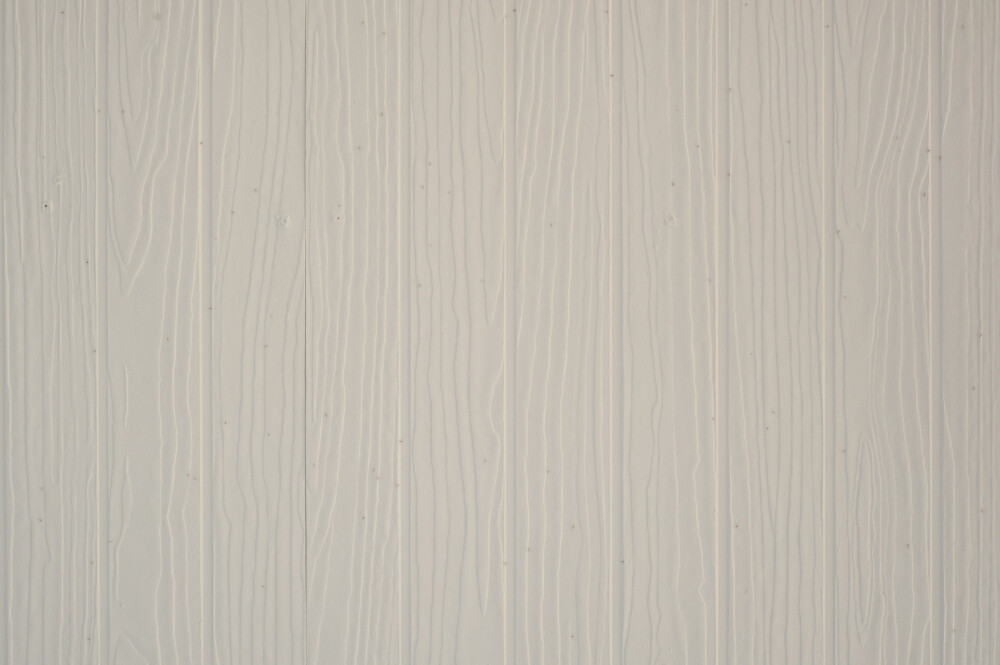Drywall (also called sheetrock) is a gypsum plaster panel used to create smooth, fire-resistant walls. It comes in large sheets (typically 4×8 feet, ½-inch thick) that are screwed to wood studs and then taped and sanded. Once finished, drywall provides a uniform, paint-ready surface. It’s inexpensive (around $10–$15 per sheet, about $0.40–$0.50 per sq.ft. of material), and easy to customize; you can paint or wallpaper it in any color. The downside is durability: drywall dents or cracks easily on impact. It also absorbs water, risking mold in damp areas. On the plus side, drywall’s gypsum core naturally resists fire and helps block sound, making it the standard wall material in North America.
Wall paneling, by contrast, consists of finished boards (wood veneer, MDF, PVC/vinyl, metal, etc.) applied over the wall. Modern panel designs range from rustic wood slats to geometric 3D patterns or glossy PVC tiles. Panels add instant texture and warmth; for example, a knotty wood plank wall or a wainscoting board becomes a focal point without paint. Many panels are very durable; solid wood or composite panels can withstand knocks better than plain drywall. Some panel systems also offer extra insulation or protect the base wall. The trade-offs are cost and installation: wall paneling materials are usually much more expensive per square foot than drywall. Paneling must be cut to fit and fitted precisely (improper joins or moisture can cause warping). Also, panels are often just a decorative overlay—typically, they are nailed or glued over drywall or strapping, rather than replacing a structural wall entirely.
Drywall vs Paneling: Pros and Cons
- Durability: Wall panels (especially wood or composite boards) are very impact-resistant. Drywall is comparatively fragile and dents or cracks on impact, though such damage is usually easy to patch.
- Installation: Hanging drywall is a multi-step process involving taping, mudding, and sanding. Many modern panel systems install much faster with minimal finishing.
- Cost: Drywall material is very cheap, roughly $0.40–$0.50 per sq.ft. for a ½″ panel, and even finished drywall (material + labor) often runs about $2–$3 per sq.ft. installed. By contrast, decorative wall panels start around $6 per sq.ft. and can go much higher.
- Appearance: Paneling provides built-in style with textures, woodgrain, or 3D patterns. Drywall is plain and needs paint or wallpaper for visual appeal.
- Maintenance: Panels are easy to clean and often more durable, while drywall can stain or mold, but is cheap to patch.
- Fire & Safety: Drywall is naturally fire-resistant and helps block sound. Most wall panels, especially wood or PVC, do not offer this protection.
When to Use Panels vs Drywall
- Budget & Ease: Drywall wins for affordability and code compliance.
- Aesthetic Impact: Panels shine for accent walls or style-driven projects.
- High-Traffic Areas: Panels resist dents and scuffs better.
- Renovation Shortcut: Hanging drywall over paneling updates walls without full removal.
- Structural Needs: Drywall is often required by code; paneling is mostly decorative.
Hanging Drywall Over Paneling
Yes, you can hang drywall over existing paneling. Here’s how:
- Prep the Paneling: Make sure it’s solidly attached.
- Find Studs: Use a stud finder and mark locations through the panel.
- Hang the Drywall: Screw ½″ drywall into studs every 12–16 inches. Adhesive can help in tricky spots.
- Adjust Trim & Outlets: Add outlet extenders and re-fit baseboards/crown molding.
- Finish as Usual: Tape, mud, sand, and paint for a fresh drywall look.
This method avoids messy demolition but still creates a brand-new surface.
FAQs related to Paneling vs Drywall
What is the main difference between drywall and paneling?
Drywall is a plain gypsum board that forms a smooth wall, while paneling is a decorative overlay of wood, MDF, or PVC that adds style and durability.
Is wall paneling more expensive than drywall?
Yes, paneling typically costs several times more per square foot than drywall.
Can you hang drywall over existing paneling?
Yes, as long as the paneling is solid and you adjust outlets and trim for the added thickness.
Which is better for damp areas?
Use moisture-resistant drywall first, then add waterproof panels if desired.
Can paneling replace drywall entirely?
Not usually—drywall is often required by building codes for fire safety, while paneling is decorative.
Conclusion
When comparing drywall vs paneling, drywall remains the affordable, code-friendly base wall, while paneling delivers built-in design and toughness. Most American homes use drywall everywhere, then add paneling for accents or high-traffic zones.
If you’re on a budget or building new, drywall is the go-to. If you’re after character and durability, panels can transform a room. In many cases, a mix of both drywall for structure and panels for style is the best balance.

